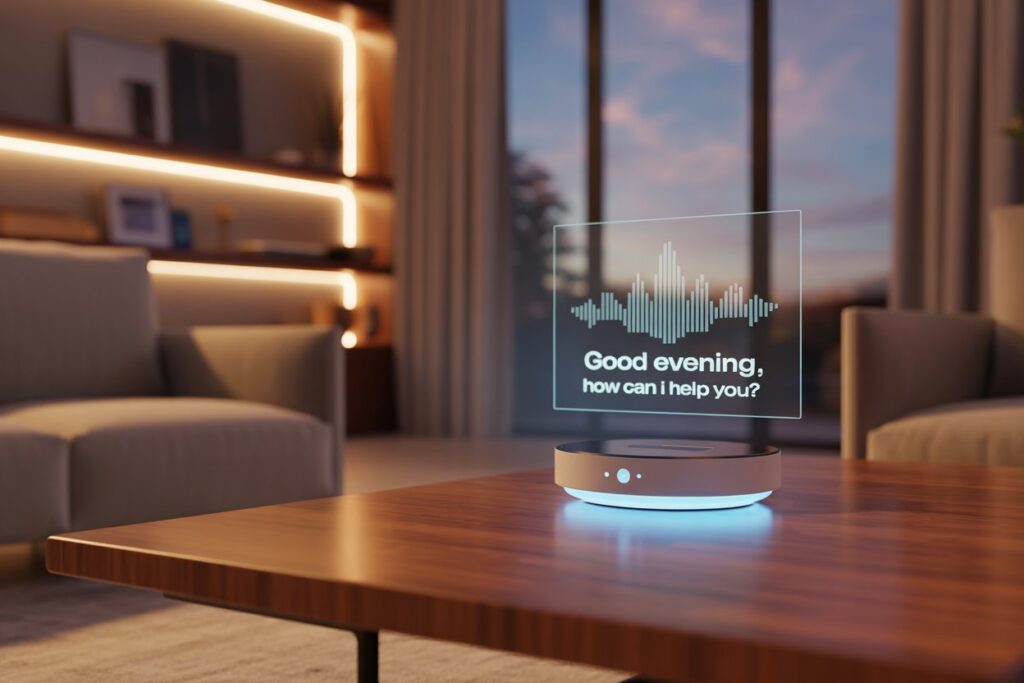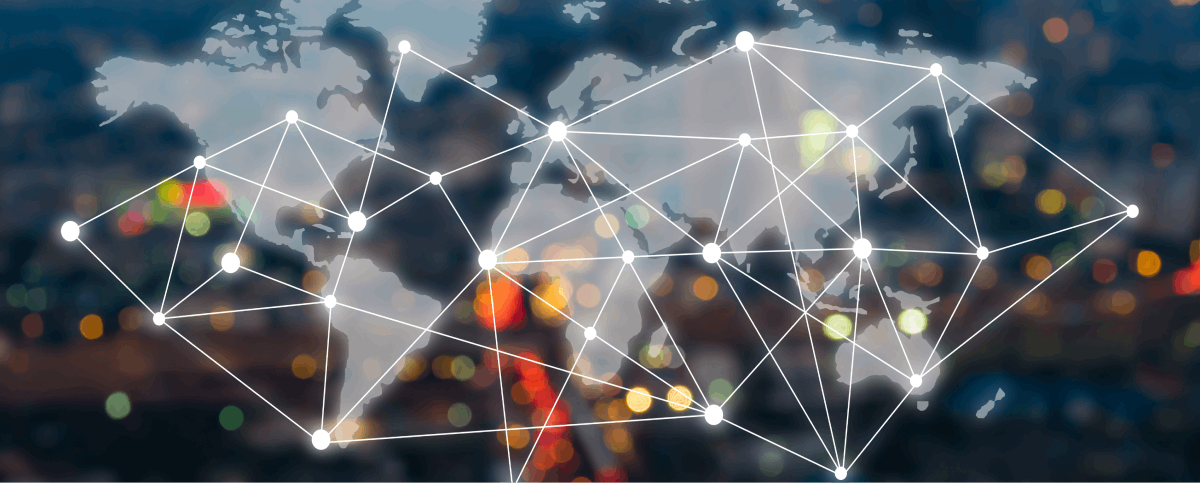Smart Home Automation: Redefining Modern Living
Introduction
Smart home automation has transformed the way we interact with our living spaces, bringing convenience, efficiency, and security to households worldwide. By integrating devices like smart lights, thermostats, security systems, and appliances with advanced technologies such as the Internet of Things (IoT), artificial intelligence (AI), and 5G, smart homes are becoming intuitive ecosystems that adapt to users’ needs. As of October 2025, the global smart home market is valued at $174 billion, according to Statista, with projections to reach $300 billion by 2030. This article explores the latest advancements in smart home automation, their applications, challenges, and the future they promise, while addressing societal and ethical implications.
The Fundamentals of Smart Home Automation
What is Smart Home Automation?
Smart home automation refers to the use of interconnected devices and systems to automate and control household functions, such as lighting, heating, security, and entertainment. These systems are managed via centralized platforms—smartphone apps, voice assistants, or dedicated hubs—and communicate through protocols like Wi-Fi, Zigbee, or Z-Wave. Key components include:
- Sensors: Detect motion, temperature, or light levels to trigger actions.
- Controllers: Devices like smart hubs or voice assistants (e.g., Amazon Alexa, Google Home) manage multiple systems.
- Actuators: Execute commands, such as turning on lights or locking doors.
- Connectivity: IoT and 5G enable seamless device communication.
The Evolution of Smart Homes
Smart home technology began in the 1990s with basic home automation systems for lighting and security. The 2010s saw a boom with the rise of IoT, affordable sensors, and voice assistants. By 2025, advancements in AI, machine learning, and 5G have made smart homes more intelligent, energy-efficient, and accessible, with millions of households adopting devices like smart thermostats and security cameras.
Major Advancements in Smart Home Automation
1. AI-Powered Smart Assistants
AI-driven voice assistants like Amazon Alexa, Google Assistant, and Apple’s Siri have become the backbone of smart homes. In 2025, these assistants leverage advanced natural language processing (NLP) and machine learning to anticipate user needs. For example, Google’s Nest Hub 3 uses AI to learn household routines, adjusting lighting and temperature automatically. Multimodal assistants combine voice, gesture, and touch inputs for seamless control.
Applications:
- Personalized Automation: AI schedules tasks like turning on coffee makers based on wake-up patterns.
- Voice Control: Users manage devices hands-free, enhancing accessibility.
- Context-Aware Responses: Assistants adapt to user preferences, such as suggesting playlists based on mood.

2. Energy-Efficient Smart Devices
Energy efficiency is a cornerstone of smart home automation, driven by rising energy costs and environmental concerns. In 2024, Ecobee’s Smart Thermostat Premium used AI to optimize heating and cooling, reducing energy consumption by 25%. Smart plugs, like TP-Link’s Kasa series, monitor and control appliance usage, while solar-powered smart devices, such as Ring’s Solar Security Camera, integrate renewable energy.
Applications:
- Smart Lighting: LED bulbs like Philips Hue adjust brightness and color based on time of day, saving energy.
- Energy Monitoring: Devices track consumption in real-time, alerting users to inefficiencies.
- Smart Grids: Homes integrate with local grids for demand-response programs, lowering costs.
Case Study: In 2025, a California neighborhood used smart thermostats and solar panels to reduce energy bills by 30%, contributing to the state’s net-zero goals.
3. Advanced Security Systems
Smart home security has evolved with AI and 5G integration. In 2025, Arlo’s Ultra 3 camera system offers 4K video with facial recognition and anomaly detection. Smart locks, like August’s Wi-Fi Smart Lock, enable remote access and temporary codes for guests. Doorbell cameras, such as Ring’s Video Doorbell Pro 2, integrate with voice assistants for real-time alerts.
Applications:
- Surveillance: AI-powered cameras distinguish between humans, pets, and objects, reducing false alarms.
- Access Control: Smart locks enhance security with biometric or app-based authentication.
- Emergency Response: 5G enables instant alerts to authorities during break-ins.
4. IoT and 5G Connectivity
The IoT ecosystem, powered by 5G, enables seamless communication between smart home devices. In 2024, Qualcomm’s IoT chipset supported over 100 devices per household with low-latency 5G connections. Protocols like Matter, a universal smart home standard, ensure interoperability across brands like Apple, Google, and Amazon.
Impact:
- Scalability: Households can connect thousands of devices without network congestion.
- Real-Time Control: 5G’s low latency enables instant responses, critical for security and automation.
- Interoperability: Matter reduces fragmentation, simplifying device integration.
5. Smart Appliances and Kitchen Automation
Smart appliances, like Samsung’s Family Hub refrigerator and LG’s InstaView oven, integrate AI and IoT for enhanced functionality. In 2025, Whirlpool’s smart oven uses computer vision to adjust cooking settings based on food type. Voice-activated coffee makers and robotic vacuums, like iRobot’s Roomba j9+, streamline household tasks.
Applications:
- Meal Planning: Smart refrigerators track inventory and suggest recipes.
- Cleaning Automation: Robotic vacuums map homes and clean on schedule.
- Maintenance Alerts: Appliances notify users of issues, like filter replacements.
6. Health and Wellness Integration
Smart homes are incorporating health-focused devices, such as air purifiers, sleep trackers, and smart mirrors. In 2024, Dyson’s Pure Cool purifier used sensors to monitor air quality, syncing with smart thermostats to optimize ventilation. Fitbit’s Sleep Hub, launched in 2025, adjusts bedroom lighting and temperature to improve sleep quality.
Applications:
- Air Quality Management: Devices reduce allergens and pollutants in real-time.
- Health Monitoring: Wearables sync with smart homes to track vital signs.
- Mental Wellness: Smart lighting mimics natural circadian rhythms to boost mood.

Applications of Smart Home Automation
1. Convenience and Lifestyle
Smart homes simplify daily routines. In 2025, Amazon’s Alexa Routines automated morning tasks, like brewing coffee, opening blinds, and playing news briefings. Smart mirrors in bathrooms display weather updates and schedules, enhancing productivity.
2. Energy Conservation
Smart homes reduce energy waste through automation and monitoring. In 2024, Nest’s Learning Thermostat saved U.S. households an average of $140 annually. Smart grids integrate homes with renewable energy sources, supporting sustainability goals.
3. Security and Safety
Smart security systems provide peace of mind. In 2025, Google’s Nest Cam with AI detected suspicious activity and alerted homeowners instantly via 5G. Smoke and carbon monoxide detectors, like First Alert’s Onelink, integrate with smart hubs for real-time emergency notifications.
4. Healthcare and Aging-in-Place
Smart homes support elderly and disabled individuals through health monitoring and automation. In 2024, a UK pilot program used smart sensors to monitor seniors’ movements, reducing hospital admissions by 20%. Voice assistants enable hands-free control for those with mobility issues.
5. Entertainment and Ambiance
Smart home systems enhance entertainment with integrated audio and visual solutions. Sonos’ 2025 soundbars sync with smart TVs and voice assistants for immersive home theater experiences. Smart lighting creates ambiance for movie nights or parties.
Challenges in Smart Home Automation
1. Interoperability and Fragmentation
Despite standards like Matter, device compatibility remains a challenge. Competing ecosystems from Apple, Google, and Amazon can confuse consumers. In 2025, 30% of smart home users reported issues integrating devices from different brands.
2. Security and Privacy
Smart homes are vulnerable to cyberattacks. A 2024 breach in a smart camera network exposed user footage, highlighting the need for robust encryption. Privacy concerns arise from voice assistants recording conversations, prompting stricter data regulations.
3. Cost and Accessibility
High upfront costs for devices like smart thermostats ($250) and security systems ($500+) limit adoption. Installation and maintenance can also be expensive, particularly in developing regions.
4. Technical Complexity
Complex setups and unreliable connectivity deter non-tech-savvy users. In 2025, 25% of smart home adopters reported difficulties configuring devices, according to a Consumer Reports survey.
5. Environmental Impact
The production and disposal of smart devices contribute to e-waste. Energy-intensive manufacturing processes and short device lifespans raise sustainability concerns, pushing companies to adopt eco-friendly practices.
The Future of Smart Home Automation
1. AI-Driven Predictive Automation
By 2030, AI will make smart homes fully autonomous, predicting user needs with minimal input. For example, future systems could adjust home settings based on weather forecasts, health data, or work schedules. Advanced AI models, like an evolved Grok, will enhance decision-making.
2. 6G and Advanced Connectivity
6G, expected by 2030, will offer terabit speeds and ultra-low latency, enabling real-time control of thousands of devices. This will support complex applications, like holographic home assistants and immersive AR/VR integration.
3. Sustainable Smart Homes
Future smart homes will prioritize sustainability. In 2025, Tesla’s Solar Roof integrated with smart energy systems, storing excess solar power for nighttime use. Biodegradable sensors and recyclable devices will reduce e-waste.
Prediction: By 2030, smart homes will save households an average of 20% on energy costs and reduce carbon emissions by 15%, according to McKinsey.
Societal Implications
Smart home automation has the potential to:
- Enhance Accessibility: Voice and gesture controls empower the elderly and disabled.
- Drive Economic Growth: Create jobs in IoT development, cybersecurity, and installation.
- Promote Sustainability: Reduce energy consumption through smart grids and devices.
However, equitable access is critical to avoid digital divides. Ethical considerations, like data privacy and environmental impact, must guide development to ensure inclusivity and responsibility.
Conclusion
Smart home automation is redefining modern living, offering convenience, security, and sustainability through AI, IoT, and 5G. From intelligent assistants to energy-efficient devices, advancements are making homes more intuitive and connected. Despite challenges like cost, privacy, and interoperability, the future of smart homes is bright, with potential to transform daily life. As technology evolves, collaboration between innovators, policymakers, and consumers will ensure smart homes deliver their full potential responsibly.


